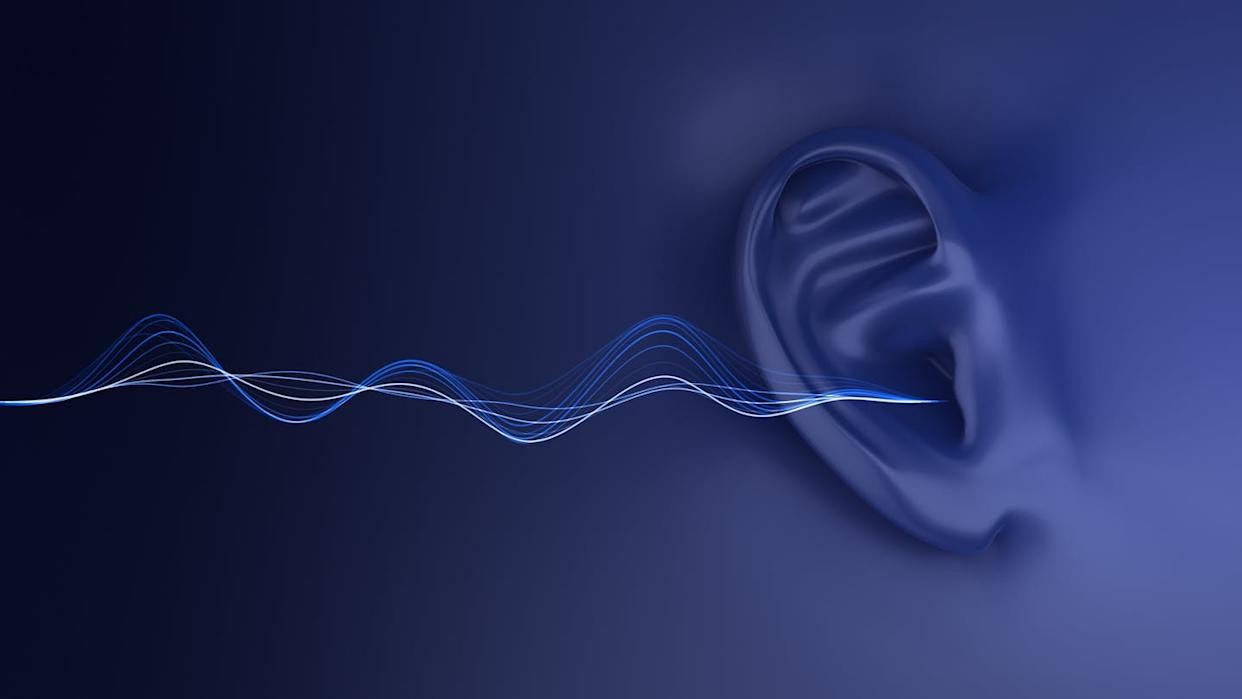
Scientists have developed groundbreaking "audio enclave" technology that creates isolated pockets of sound only audible to targeted listeners, potentially eliminating the need for headphones in many situations.
A team of researchers from the University of Pennsylvania and Lawrence Livermore National Laboratory have successfully manipulated ultrasonic waves to produce localized audio that remains contained within a specific area, preventing sound from spreading to surrounding spaces.
The innovative approach uses two intersecting ultrasonic beams at slightly different frequencies - both above 20kHz and inaudible to human ears. When these beams cross, they generate a new audible sound wave at their difference frequency. For example, overlapping 40kHz and 39.5kHz beams creates a 500Hz tone that can only be heard at the intersection point.
"Sound can be heard only where the beams cross. Outside of that intersection, the ultrasound waves remain silent," explained the research team.
A key breakthrough in the technology involves "self-bending" ultrasound beams. Using specialized materials called acoustic metasurfaces, researchers can control and curve the ultrasonic paths around obstacles to meet at precise target locations, similar to how optical lenses bend light.
The potential applications span multiple industries. Museums could deliver personalized audio tours to individual visitors. Car passengers could enjoy different audio content without interfering with the driver's navigation instructions. The technology also shows promise for secure communications in corporate and military settings.
However, the researchers acknowledge several technical hurdles remain before commercial implementation. Current challenges include managing nonlinear distortion that affects sound quality and addressing the high energy requirements needed to generate the intense ultrasound fields.
The research team continues working to enhance the efficiency and practicality of audio enclaves for everyday use, bringing us closer to a future where private audio experiences in public spaces become commonplace.